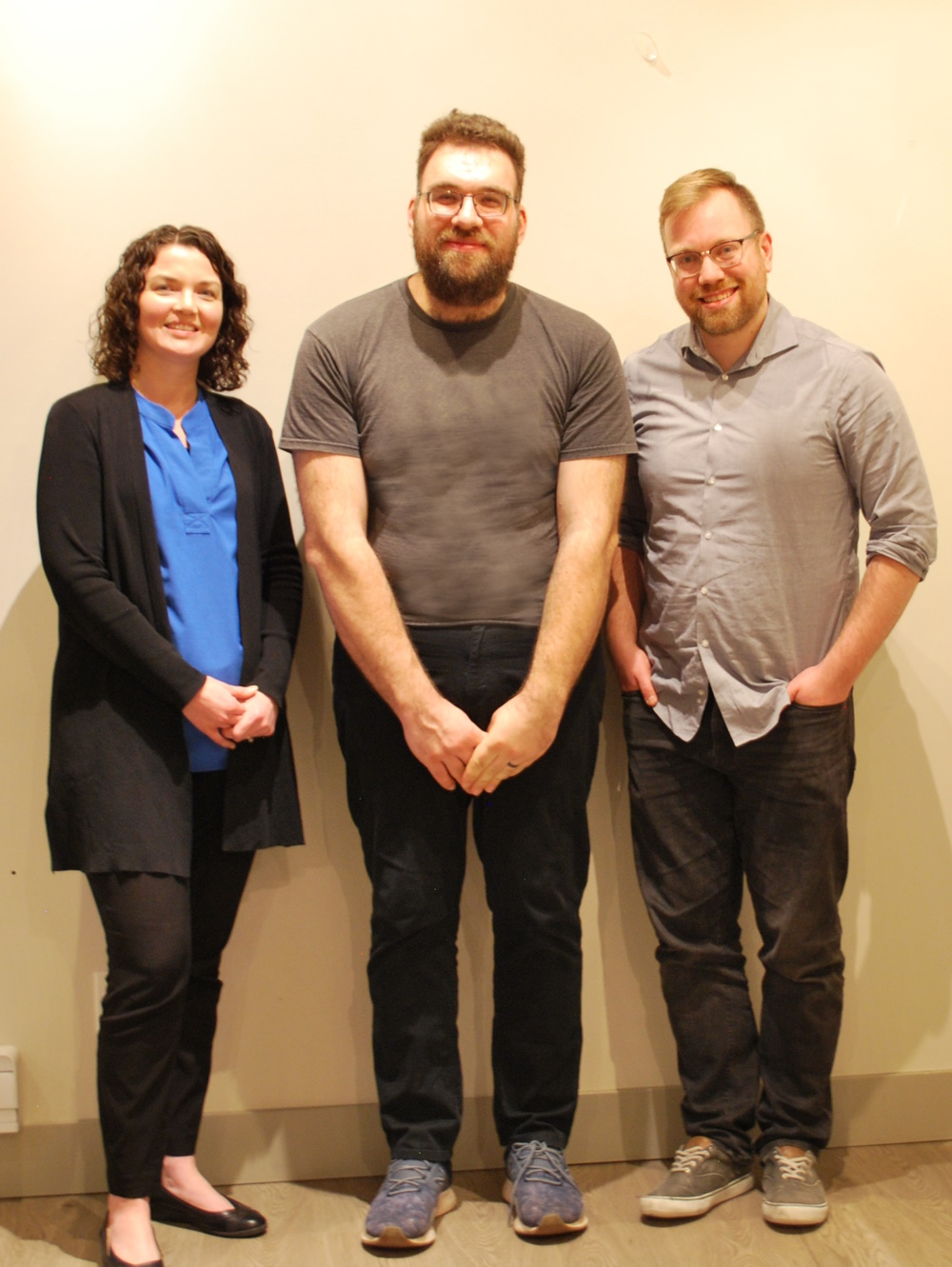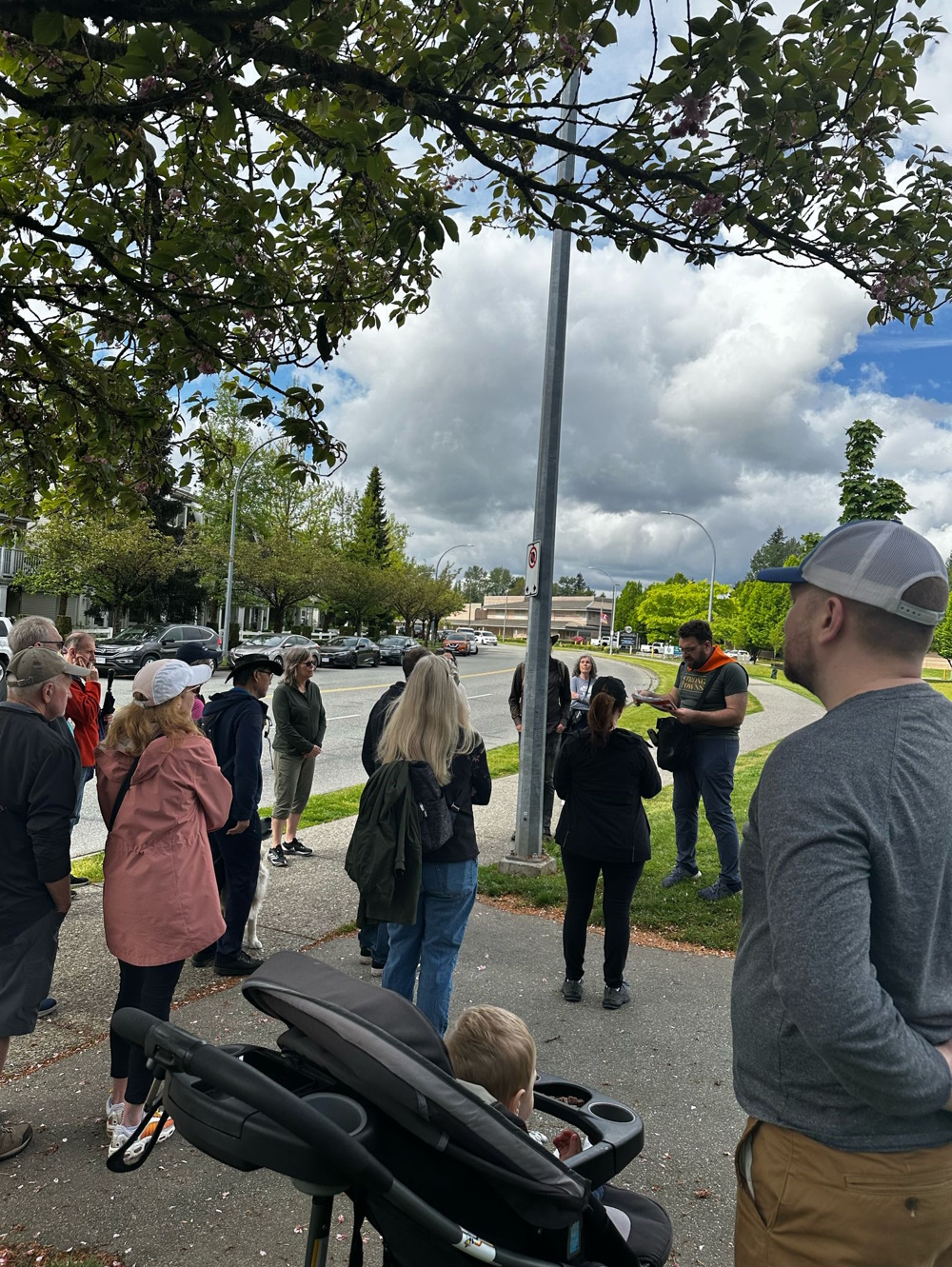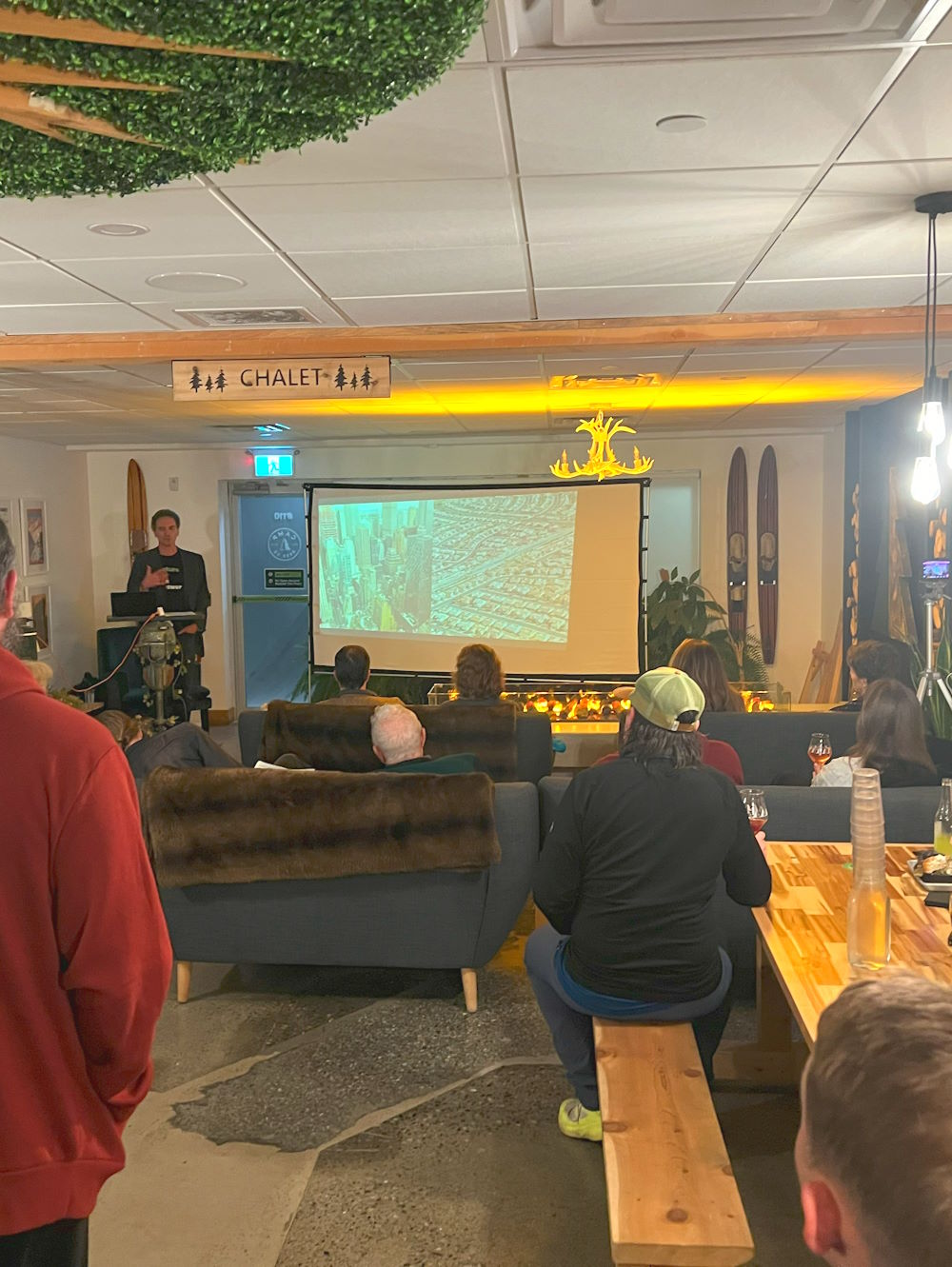Maps are powerful tools for understanding our community. They help us visualize data, identify patterns, and make informed decisions about urban development. Explore our collection of interactive maps to learn more about Langley's built environment and opportunities for improvement.
Where Can We Build?

Explore available land for development in Langley. This map identifies potential areas for housing, commercial space, and mixed-use development.
- Identify developable land
- Understand zoning restrictions
- Discover growth opportunities
Value-per-Acre

Visualize the fiscal productivity of different land use patterns in Langley. This map shows which areas generate the most tax revenue relative to their size.
- Compare land use efficiency
- Identify high-performing areas
- Assess financial sustainability
Parking Lots

Explore the impact of surface parking on our urban landscape. This map highlights the extensive land dedicated to car storage in Langley.
- Visualize parking footprint
- Assess opportunity costs
- Identify redevelopment potential




